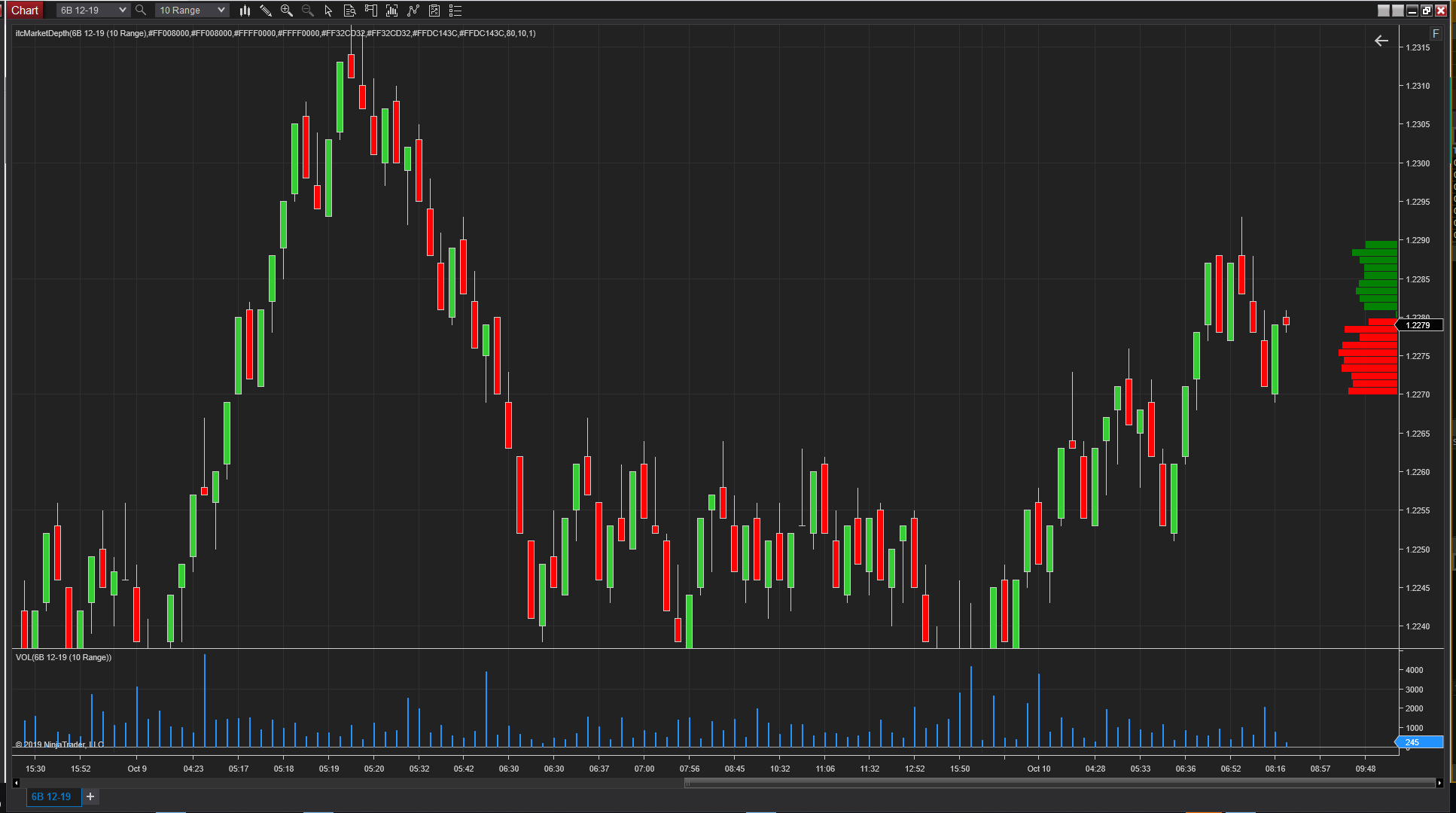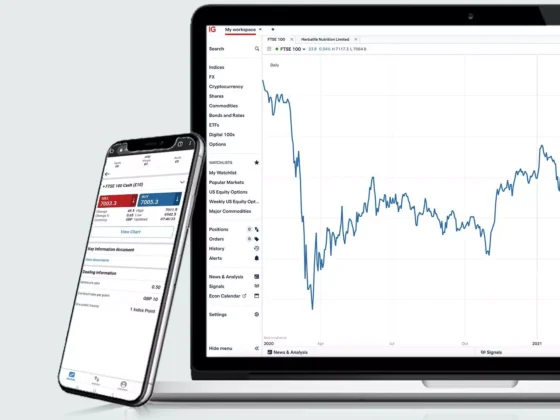In the fast-paced world of trading, where every second can lead to substantial gains or losses, understanding the nuances of Depth of Market (DOM) data is essential for making informed decisions. Picture the trading floor buzzing with activity, where buyers and sellers collide in a complex dance, each trying to outsmart the other.
DOM data acts as a window into this dynamic landscape, revealing the supply and demand for a particular asset at any given moment. However, interpreting this information is not as straightforward as it might seem.
It requires a keen eye and a strategic approach. From spotting trends to recognizing potential reversals, learning how to analyze DOM data effectively can refine your trading methodology and enhance your outcomes.
This guide delves deep into the intricacies of DOM data interpretation, equipping traders with the insights needed to navigate this challenging terrain. Join us on this journey to unlock the secrets behind the numbers and elevate your trading prowess to new heights.
What is Depth of Market (DOM) and Why is it Important?

Depth of Market (DOM) is a powerful tool that provides a layered view of the orders waiting in the market, revealing not just the current price but also the depths of buyer and seller interests. Based on the depth of market, it showcases the number of shares or contracts available at various price levels, offering traders an intricate landscape of liquidity and sentiment that goes beyond the mere bid and ask prices. Understanding DOM is crucial; it allows traders to gauge market momentum, identify potential support and resistance levels, and execute trades with greater precision.
In a fast-paced trading environment where every second counts, mastering the DOM can mean the difference between seizing an opportunity and watching it slip away. Essentially, it transforms market data into actionable insights, propelling informed decision-making that can enhance trading outcomes substantially.
Key Components of Depth of Market Data

Depth of Market (DOM) data is essential for traders seeking a nuanced understanding of market dynamics and participant behavior.
At its core, DOM provides a real-time snapshot of buy and sell orders within the market, showcasing the prices and volumes at which traders are willing to transact. Key components include the order book, which lists these orders in a structured manner, often displayed in two columns: the bid side, showing what buyers are prepared to pay, and the ask side, reflecting sellers’ expectations.
Each entry not only reveals price levels but also the depth of liquidity available, indicating how easily trades can be executed at those prices. Additionally, the market spread—the difference between the highest bid and the lowest ask—offers a vital insight into the market competitiveness.
Understanding these components allows traders to gauge market sentiment, anticipate price movements, and make more informed trading decisions. By examining the intricacies of DOM data, traders can refine strategies and enhance their overall performance in a tumultuous marketplace.
Conclusion

In conclusion, mastering the interpretation of Depth of Market data is essential for traders seeking to enhance their trading outcomes. By effectively analyzing the supply and demand dynamics revealed in the order book, traders can gain invaluable insights into market sentiment and potential price movements. The ability to read order flow, identify key support and resistance levels, and recognize the intent behind large orders enables traders to make informed decisions and adapt their strategies accordingly.
Ultimately, a solid understanding of Depth of Market data not only empowers traders to refine their approaches but also positions them for greater success in the ever-evolving landscape of financial markets.


